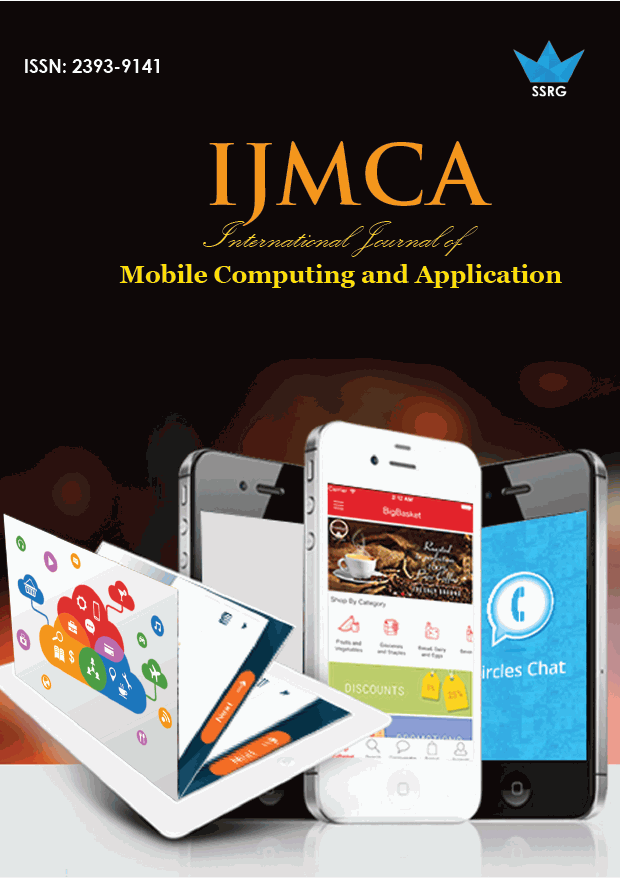Privacy of intellectual Data using End to End Encryption Sensor Networks

| International Journal of Mobile Computing and Application |
| © 2016 by SSRG - IJMCA Journal |
| Volume 3 Issue 3 |
| Year of Publication : 2016 |
| Authors : V.Vijayadeepa and K.Bakkiyam |
How to Cite?
V.Vijayadeepa and K.Bakkiyam, "Privacy of intellectual Data using End to End Encryption Sensor Networks," SSRG International Journal of Mobile Computing and Application, vol. 3, no. 3, pp. 6-9, 2016. Crossref, https://doi.org/10.14445/23939141/IJMCA-V3I5P102
Abstract:
Sensor networks need new capabilities to ensure secure operation even in the presence of a small number of malicious network nodes. Node-to-node authentication is one basic building block for enabling network nodes to prove their identity to each other. Node revocation can then exclude malicious nodes. Achieving these goals on resource limited hardware will require light weight security protocols. Further, and data-processing sensor nodes. Each node represents a potential point of attack, making to monitor and protect each individual sensor from either physical or logical attack. The networks may be dispersed over a large area, further exposing them to attackers who capture and reprogram individual sensor nodes. In wireless sensor network communications, an adversary can gain access to private information by monitoring transmissions between nodes. The large number of communicating nodes makes end-to-end encryption usually impractical since sensor node hardware can rarely store a large number of unique encryption keys. Instead, sensor network designers may opt for hop-by-hop encryption, where each sensor node stores only encryption keys shared with its immediate neighbors. In this case, adversary control of a communication node eliminates encryption’s effectiveness for any communications directed through the compromised node. This situation could be exacerbated if an adversary manipulates the routing infrastructure to send many communications through a malicious node
Keywords:
Eavesdropping, Secure Base Station, Packet Reception Rate, Smart Grid
References:
[1] I.F. Akyildiz, W. Su, Y. Sankarasubramaniam, and E. Cayirci, “Wireless Sensor Networks: A Survey,” Computer Networks, vol. 38, no. 4, pp. 393-422, 2002.
[2] B. Bamba, L. Liu, P. Pesti, and T. Wang, “Supporting Anonymous Location Queries in Mobile Environments with Privacygrid,” Proc. Int’l Conf. World Wide Web (WWW ’08), 2008.
[3] BlueRadios Inc., “Order and Price Info,” http://www.blueradios. com/orderinfo.htm, Feb. 2006.
[4] B. Bollobas, D. Gamarnik, O. Riordan, and B. Sudakov, “On the Value of a Random Minimum Weight Steiner Tree,” Combinatorica, vol. 24, no. 2, pp. 187-207, 2004.

 10.14445/23939141/IJMCA-V3I5P102
10.14445/23939141/IJMCA-V3I5P102